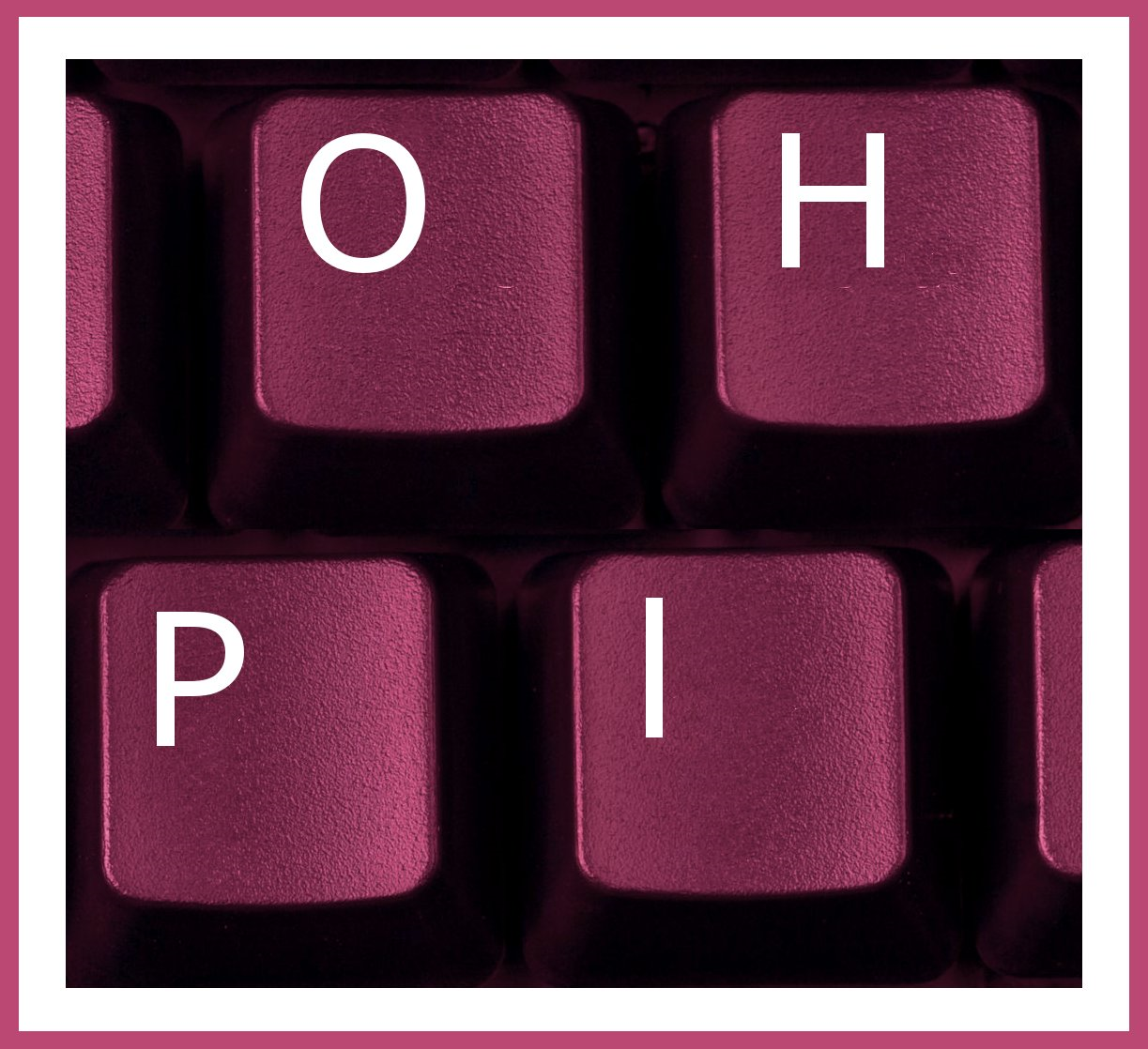The Internet is still the Wild West of free speech. Anyone can become the target of hate. OHPI’s aim is to get technology companies and governments to recognize and take action against hate speech. While we work on that, here are some tips on how to remain safe on the Internet and avoid becoming the victim of online hate.
One of the first steps you should take on any social media platform is to secure access to your account. Choose a strong password, within any limits placed by the platform. Use 2FA, two-factor authentication, where it is available to make it more difficult for an outsider to access your account. Enable login notifications if possible to let you to know if your account has been used by someone other than yourself. Someone gaining access to your account can not only look at information that you have kept private, but also at information shared in confidence with you by others who may be at risk.
Social media platforms want to share as much information about you as they can. They say it is to help you find friends and like-minded people, but the same information can be used by others to track you down. You should look at what privacy and security settings are available, and adjust them to control what information you are comfortable sharing. Also look into what controls are available to restrict how far your posts are shared, not everything has to be public.
The platforms change their features all the time, it’s a good idea to go back and check your settings occasionally to be sure they are still secure, and to see if new features may be sharing data about you that you weren’t aware of. But remember, no one can protect you from what you post about yourself except you. Consider how information you share might be used by whoever sees it, and whether the people you are sharing it with can be trusted not to spread that information further. Also be considerate of people who ask you to remove information you’ve posted about them, and take it down. They may have issues regarding seemingly harmless information that you don’t know of.
Here are some suggestions for helping to secure some major social media platforms. There are many other platforms out there, look at what sort of userbase they have and who runs them before deciding whether to trust them with your personal information.
Google related accounts
Google currently helps you to secure your account by walking you through their settings with privacy and security guides. While looking at your email, click on the block of nine dots in the top right of your window, then click on Account, which should be in the top row with your profile picture if you have one. There are a lot of settings you can change, allow a few minutes to go through them.

When on the Home screen, selected on the left sidebar menu, there will be privacy and security recommendations shown.

The exact recommendations shown will depend on what you have already changed, and what new features Google may have recently added. You should click on each of the suggestions to “Manage your data and privacy” and “Protect your account” to be guided through the relevant settings. What you change will depend on what information you are comfortable sharing with other people. 2-Step Verification is recommended, if you have a phone capable of running the Google Authenticator app.
Meta (Facebook / Instagram)
Facebook has a Privacy checkup available to help you find settings you may want to change. The location of the settings is different depending on what device you use to access Facebook. Start by reading the appropriate help article for your preferred Facebook device here, https://www.facebook.com/help/443357099140264?helpref=uf_share The Privacy Centre under your settings can help you to find and understand settings you may want to change.
Once you have your privacy and sharing settings the way you want them, you should familiarize yourself with the ways to control the audience for your posts. https://www.facebook.com/help/325807937506242
Instagram has less settings available, and is moving those to a shared Meta account. Instagram doesn’t have a Facebook-style privacy navigator for your settings, instead you will have to read the help documentation to identify settings you may want to change. The start of the help on Privacy and Security for your account is here, https://help.instagram.com/811572406418223/?helpref=hc_fnav
An important factor in controlling your Instagram account is deciding whether to make your account private or public. Further information on what that means and what changes when you switch your account from one to the other is here, https://help.instagram.com/517073653436611/?helpref=uf_share
X (Twitter)
X does not have the sort of privacy settings navigator some other platforms have, you will need to go through the settings yourself to find and change settings to suit your level of privacy. As a starting point, some account security settings are here, https://twitter.com/settings/security and privacy settings are here, https://twitter.com/settings/privacy_and_safety
Help for these settings is generally available, https://help.twitter.com/en
There are numerous ways to control what you see and what others see of you on X. Blocking, muting, and protecting your posts are explained in this guide, https://help.twitter.com/en/safety-and-security/control-your-x-experience Allow some time to read through this and the linked articles in each section.
X also has Australia specific information on dealing with harassment, abuse, and prohibited content. https://help.twitter.com/en/rules-and-policies/australia-resources
